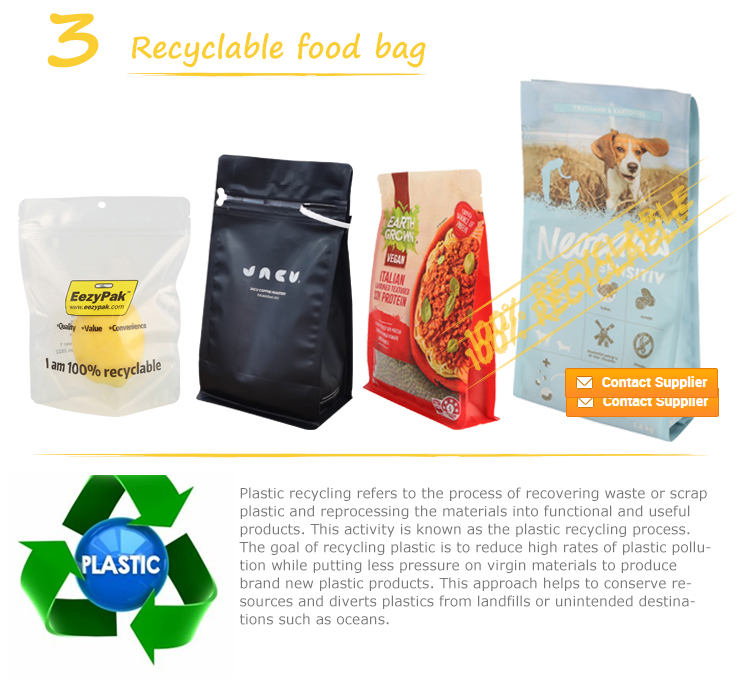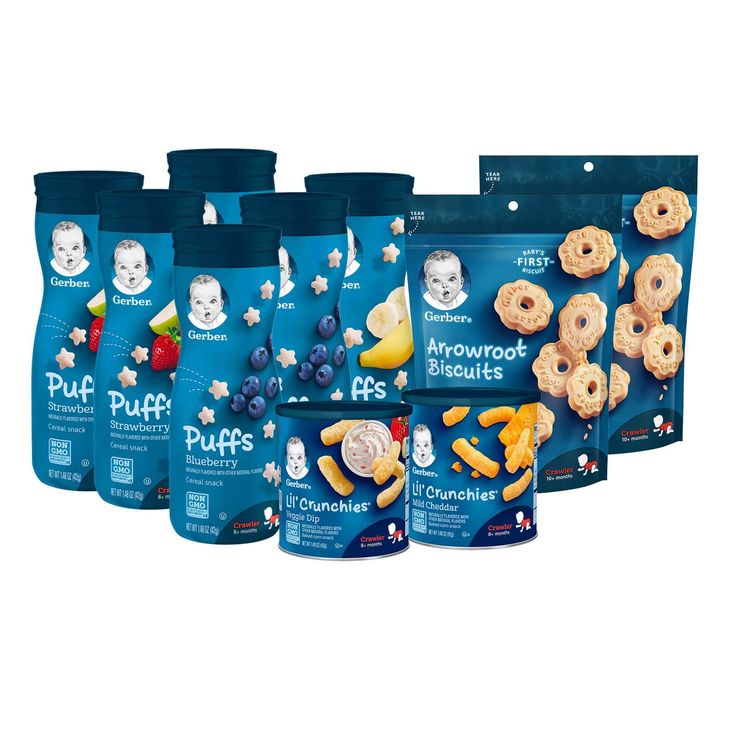Foods for baby hair growth during pregnancy
Foods to Eat for Baby Hair Growth During Pregnancy
During pregnancy, one of the most important things that you can do is eat healthy foods for optimal physical and brain development of your baby. What you eat in the nine months of your pregnancy decides your baby’s health. But then there are some foods that can help in the baby’s hair growth also. If you’re a mum-to-be and want to know how you can make the baby’s hair grow during pregnancy, then we have all the information you need.
When Does a Foetus’ Hair Start Growing?
A baby’s hair starts growing in the womb when the woman is between 14th and 15th week of her pregnancy, and the hair growth takes place in two cycles – shedding and then regrowing. All the follicles appear by now, and no new follicle grows after the birth of the baby.
Foods for Baby Hair Growth During Pregnancy
The hormone estrogen is primarily responsible for hair growth in the fetus. Some foods that make fetus hair grow are:
1.
Protein helps in hair growth and eggs are a rich source of protein. Hence, including eggs in your pregnancy diet can help in the baby’s hair growth.
2. Fish
Fish provide omega 3 and 6 fatty acids to the body which are known to improve hair growth. While fish may help in hair growth, but during pregnancy, you must be careful with regards to including fish in your diet as not all fish are safe for consumption while pregnant. If you want to eat fish in pregnancy, we suggest that you first confirm with your nutritionist or gynaecologist.
3. Yellow and Orange Fruits
Fruits rich in Vitamin A are also known to boost hair growth. So include yellow fruits in your diet.
4. Nuts
Nuts are a healthy snack that should be part of your pregnancy diet. Eating nuts and dried fruits will provide you with energy and will be good for your baby’s health too. Nuts are also rich in fibre, minerals, and protein, all of which are good for hair growth.
FAQs
1. Can Babies Ingest the Hair in the Womb?
The lanugo, a soft hair covering that keeps the baby warm, grows when the baby is in the womb. It sheds off as the pregnancy advances, and if ingested by the baby, it comes out in the form of her first poop.
2. Does Heartburn Mean My Baby Has Hair?
Interestingly fetal hair growth and heartburn go hand in hand. The hormone estrogen which is responsible for the growth of hair also relaxes the muscle in the thorax region causing heartburn.
Though hair growth in babies depends on their genes. As a mother, you can eat healthy, nutritious food to improve your unborn baby’s hair growth. You should also try to remain stress-free during your pregnancy as stress can affect your baby’s growth adversely.
Also Read:
Foetal Echocardiography
How to Discover Baby’s Positions in the Womb
Foetal Development Growth in First, Second and Third Trimester
How to Make Baby Hair Grow Faster and Fuller: 10 Tips
One of the joys of pregnancy is imagining how your newborn will look. What color eyes will they have? Will they have black, blond, brown, or red hair? In your mind’s eye, you might even picture your baby with a full head of hair.
What color eyes will they have? Will they have black, blond, brown, or red hair? In your mind’s eye, you might even picture your baby with a full head of hair.
When it comes to a newborn’s hair, though, each baby is different. Some are born with thick locks, while others are as bald as a bowling ball.
No worries — this is completely normal. But if you’re looking for ways to speed hair growth, here are some simple tricks that may stimulate growth.
There’s no way to predict how much hair a baby will have at birth. Some babies are born with a lot of hair and others are born without hair. Even when a baby has hair at birth, their hair can fall out shortly after delivery, then later regrow.
Understand that it’s completely normal for a newborn to have no hair or to have hair loss! It doesn’t indicate an underlying health problem.
The color and quantity of a baby’s hair at birth is largely due to genetics. Typically, hair growth occurs at about the 30th week of pregnancy. If your baby starts to grow hair in the womb, they’ll likely be born with hair on their head.
If your baby starts to grow hair in the womb, they’ll likely be born with hair on their head.
Hormones also play a role in the amount of hair a newborn has. Inside the womb, hormone levels are high, which can accelerate hair growth.
After delivery, though, hormone levels drop at a fast pace. As a result, a baby’s hair growth slows down.
Shortly after birth, a newborn’s hair also enters a new growth cycle. When this occurs, their hair might fall out. The baby then remains bald until their new hair grows in.
The bottom line is that there’s no reason to be overly concerned about hair loss. But, understandably, you might be eager for your baby’s hair to grow. If so, here are a few things you can do.
Coconut oil is rich in natural vitamin E, which is a nutrient with antioxidant properties. It’s not only beneficial to the skin — it can also promote hair growth by improving blood circulation to the scalp.
Coconut oil also adds shine to hair and may prevent hair loss.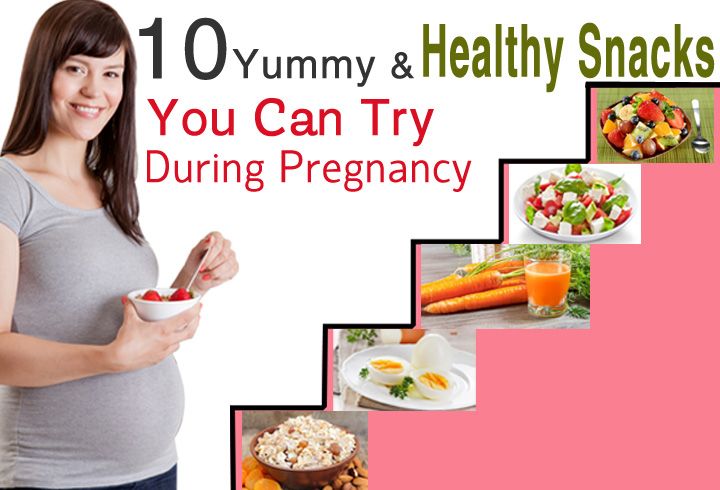
In an older 2003 study, researchers found coconut oil to be useful on hair when used as a wash or grooming product. When combined with sunflower and mineral oil, it helped reduce hair protein loss.
To help stimulate thicker, fuller hair, gently apply coconut oil to your baby’s scalp a few times per week. This doesn’t only moisturize their hair; it can also help eliminate cradle cap.
Use organic or extra-virgin coconut oil — it’s unrefined, meaning it hasn’t been processed. Apply a small amount to your baby’s scalp and allow the oil to sit for about 20 minutes. Rinse their scalp with warm water.
Gently combing, brushing, or massaging baby’s scalp can also stimulate hair growth. This is because regular grooming can loosen cradle cap and remove dry skin.
In addition, brushing encourages blood circulation to the scalp and hair follicles. After applying oil, gently massage your baby’s scalp with your fingers for a few minutes.
This helps with hair growth and relaxes your baby — so (bonus!) don’t be surprised if they fall asleep.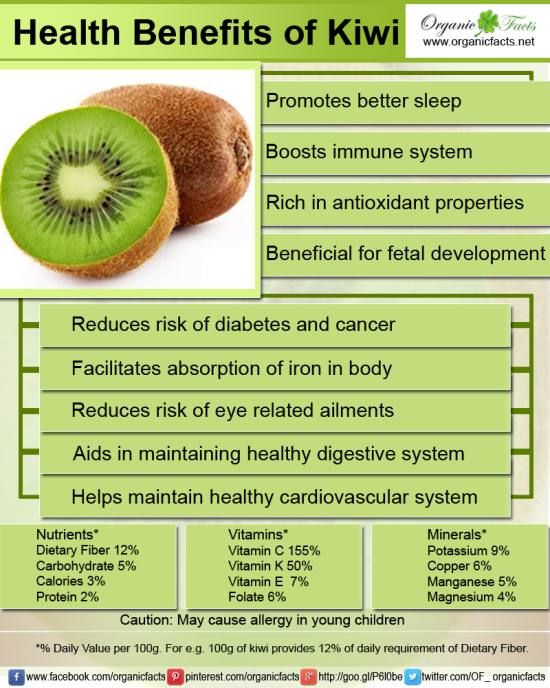
You might be nervous to wash your baby’s hair, but regular shampooing keeps their scalp clean and also loosens cradle cap.
Once baby is out of the newborn phase (during which you need to bathe them only about once per week), wash their hair every 2 or 3 days. Make sure you use lukewarm water and a gentle baby shampoo.
The accumulation of dirt on your baby’s scalp can cause dryness, which can slow hair growth.
The same way you might apply hair conditioner to your hair after shampooing, you can also use conditioner on your baby’s hair.
Conditioner is a moisturizing agent that replaces moisture stripped away by shampoo. It helps protect and strengthen the hair, which can promote growth and reduce breakage.
Hair conditioner is especially important if your baby has textured or curly hair, which can be prone to dryness. Apply conditioner after shampooing, then rinse the product from your baby’s hair with warm water.
Again, choose a kid-friendly conditioner that’s gentle and tear-free.
When drying your baby’s hair after shampooing and conditioning, be as gentle as possible. Use a soft towel to lightly dry their hair.
Using a hard or rough towel can potentially damage their young hair follicles and slow hair growth.
Keep in mind that textured or curly hair can easily tangle and form knots. These knots can break off, causing your baby to lose hair.
Each day, gently use a soft brush to detangle your baby’s hair.
A healthy, balanced diet is crucial to helping your baby grow thicker, fuller hair.
If baby is at least 6 months old and eating solid foods, feed them foods rich in iron, vitamin A, B vitamins, vitamin D, zinc, and protein.
For example, baby-friendly vitamin A foods include:
- butternut squash
- pumpkin
- carrots
- mango
Foods rich in B vitamins include:
- beans
- meat
- eggs
- whole grains
- potatoes
Vegetables like leafy greens are rich in iron, which helps carry blood and oxygen to the hair follicles and stimulates growth.
If you’re breastfeeding, it’s important that you maintain a healthy diet, too. Your diet is essential to your baby’s growth and development. The foods you eat can also encourage hair growth.
Gelatin is an amino acid that can stimulate hair growth when applied to a baby’s scalp.
Mix 1 teaspoon of gelatin powder with water. You can also include a teaspoon of honey and a teaspoon of apple cider vinegar to the mixture.
Honey is an antioxidant that restores nutrients to the hair and scalp. Meanwhile, apple cider vinegar helps promote hair growth.
Apply the gelatin mixture to your baby’s scalp and allow it to sit for 10 to 15 minutes. Rinse out the gelatin and shampoo your baby’s hair as normal.
If your baby has a few remaining strands of hair, you might be tempted to pull them back into a small ponytail or use a hair clip. But tying your baby’s hair too tight can damage their hair follicles and cause hair loss.
Rather than use a ponytail holder, use a silk headband — it’s gentle on the hair.
Some parents hesitate to give their baby a haircut. But if your baby has hair loss or bald spots, a haircut can get rid of patchiness and allow their hair to grow in evenly.
One belief is that a haircut can jump-start hair growth. However, this idea isn’t backed by science.
If you decide to cut your baby’s hair, trim longer strands first. Don’t use a razor — you might accidentally cut your baby’s scalp. Use a hair trimmer instead.
After cutting baby’s hair, apply a moisturizer to their scalp to reduce dryness.
Whether your baby is born with hair or without hair, know that it’s perfectly normal for infants to have problems with hair growth or experience hair loss after delivery.
In most cases, hair growth will occur within the first 6 to 12 months. But, of course, if you have any concerns, don’t hesitate to contact your doctor with questions.
Top 10 Beauty Products During Pregnancy
It is important to know not only which products are useful during pregnancy, but also how to use them correctly so that they fully show their beneficial qualities and do not harm your health.
1. Salmon (and other red fish) are rich in omega-3 acids, which improve the condition of the skin and hair. In addition, salmon contains melatonin, which promotes cell rejuvenation.
2. Blueberries are the perfect dessert for women who gain weight too quickly. One glass of berries contains a record amount of antioxidants and only 80 kcal.
3. Avocado is the main "beautician" among fruits and vegetables. The mature fruit contains 30% vegetable fats, which maintain the elasticity of the skin, help to cope with rashes and moisturize not only the skin, but also the hair from the inside.
4. Pumpkin seeds are also important for the skin. The zinc they contain fights oiliness, acne and dull complexion, and also accelerates the growth of hair and nails.
5. Natural yogurt is rich in probiotics that improve digestion. And vitamin D, calcium and phosphorus will not only help maintain healthy teeth, but also provide the baby with strong bones and muscles.
6. Walnuts contain more vitamin E, which fights free radicals and keeps skin cells young.
7. Legumes (green) due to the high content of silicon will be the main assistant in the fight for the beauty and shine of hair.
8. Broccoli. This low-calorie vegetable is rich in folic acid, which is important for the normal development of the fetus. And besides, broccoli has almost 2 times more vitamin C than oranges, and as much beta-carotene as carrots.
9. Seafood is an excellent source of iodine and omega-3 and omega-6 fatty acids.
10. The liver is a valuable protein, B vitamins (including biotin, the deficiency of which causes hair loss and dandruff) and a record amount of iron, without which the hair becomes brittle.
WHAT YOU NEED TO KNOW
It is important to know not only which foods are useful during pregnancy, but also how to use them correctly so that they fully show their beneficial qualities and do not harm your health.
Always consider the allergic status of the selected product.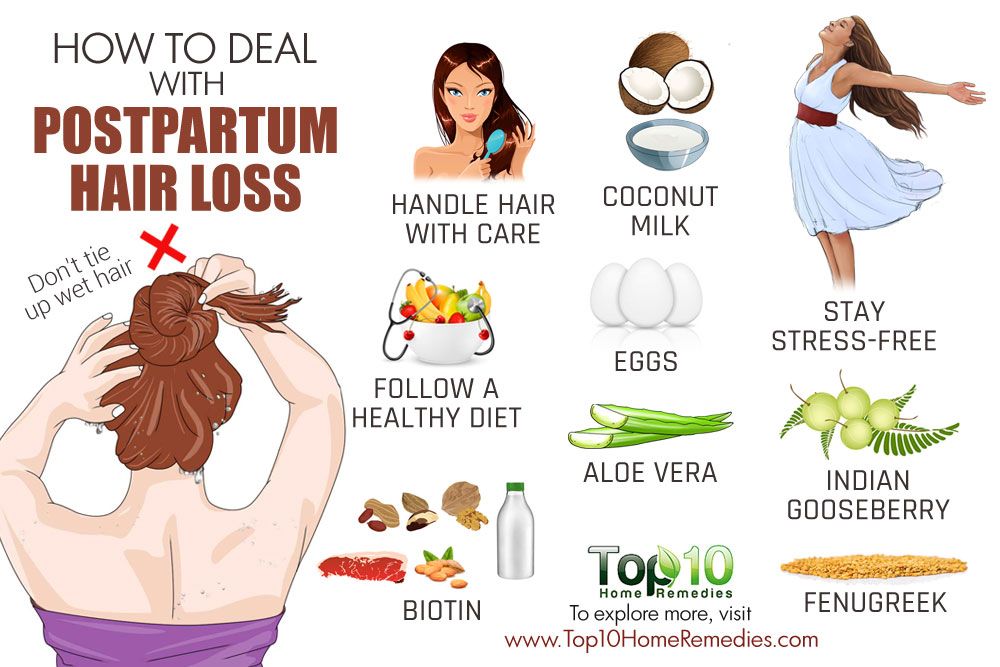 For example, honey, seafood, nuts can cause allergies. Therefore, women who are prone to allergic reactions should use them with caution and introduce them into their diet one product at a time in order to immediately understand what exactly caused the unpleasant symptoms.
For example, honey, seafood, nuts can cause allergies. Therefore, women who are prone to allergic reactions should use them with caution and introduce them into their diet one product at a time in order to immediately understand what exactly caused the unpleasant symptoms.
• Consider the amount of calories in your diet. Yogurt and nuts are tasty and healthy snacks and desserts, but they add to the total amount of calories in the diet. Therefore, women who are prone to gaining excess weight during pregnancy should make their menu with this in mind.
• Carrots, squash, yellow and red bell peppers, and other carotene-rich vegetables and fruits are healthier when cooked. Carotene is better absorbed and will bring more benefits to the body as part of stews, boiled or baked dishes.
• Even the healthiest foods during pregnancy can cause various discomforts, such as increased gas formation in the intestines or heartburn. If you experience these kinds of ailments after eating a new food, you should stop eating such foods for a while and try them again in a few weeks.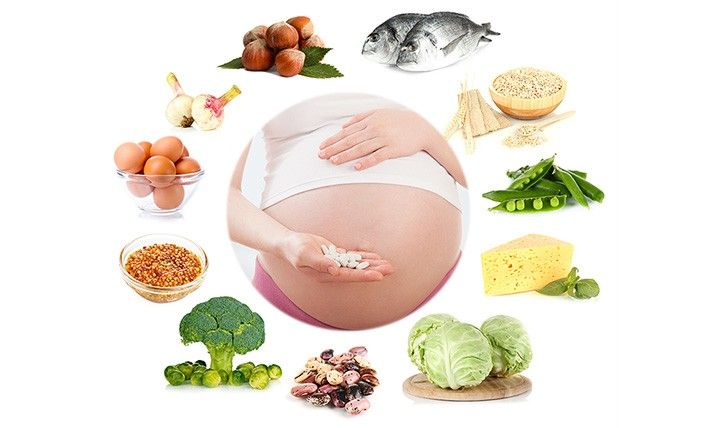
• Keep a food diary in which you write down everything you eat during the day. This will help to control the calorie content of the diet, identify food sources of heartburn, stool disorders, etc. In addition, you will acquire the useful habit of keeping a diary, which will come in handy after the birth of your baby - such records will be very useful when breastfeeding.
HAIR AND PREGNANCY, hair loss during pregnancy, hair care
Explaining what changes are happening0042 with hair during pregnancy and after childbirth,
about coloring and care procedures.
During pregnancy and breastfeeding women notice that their hair becomes more weak and brittle .
In this article we will tell you how to restore the health of and maintain a beautiful appearance of the hair during this period. Let's touch on the topic of staining and answer other questions that are of interest to fans of our brand.
Is hair coloring
safe during pregnancy ?
There are two opposite opinions about this.
Some say that staining should be avoided, since this is a chemical effect of
on the body, which is a priori harmful, and doubly during pregnancy.
Others claim that coloring with modern compounds is absolutely safe
and cannot harm either mother or baby.
Let's see how staining is carried out and whether it can harm.
Hair coloring -
is a chemical process involving ammonia.
To create a coloring composition, the stylist mixes the paint containing ammonia with an oxidizing agent. The result is a chemical reaction
which is called the oxidation of .
When coloring, ammonia lifts the hair scales , allowing coloring pigments and nutrients to penetrate into the hair. The oxidation reaction continues on the hair no more than 10 minutes , after which ammonia evaporates and other substances come into operation.
However, the active mixture is in contact with the scalp for some time. And it is hygroscopic , the stratum corneum has high metabolic activity - everything that we put on the skin affects our body. Therefore frequent staining during pregnancy is not recommended .
At standard staining intervals
for 9 months there will be no more than 3-4 procedures.
The total time ammonia is in contact with skin and hair is very small. If the coloring composition is applied to intact skin, as required by the instructions, systemic absorption will be so small that
cannot harm the expectant mother and baby.
During pregnancy,
becomes more sensitive to cosmetic products.
There may be intolerance to some odors,
including ammonia. In this case, it is better to try a more gentle temporary staining with ammonia-free formulations.
Entrusting hair care during pregnancy is important to an experienced stylist. He will be able to select the most suitable product according to your position and hair condition.
We do not recommend coloring your hair during the first trimester of pregnancy as these are the most important months of embryo formation. In the future, the procedure can be carried out, observing an interval of 2-3 months .
How hormones affect hair ?
Usually during pregnancy, the hair looks more shiny and lively
due to the increased level of estrogen in the body. This hormone has a positive effect
on the hair growth cycle: it lengthens the anagen (growth) phase and reduces hair loss.
The placenta produces prostacyclin, which dilates blood vessels
and promotes good hydration of the scalp, thereby
stimulating hair growth. The combined action of estrogen and prostacyclin makes hair
are stronger and more resistant.
At the end of pregnancy and after childbirth the situation changes.
The level of "caring" hormones drops sharply, and the action of prolactin
and androgen increases. This "hormonal storm" greatly affects the
hair life cycle. They pass into the catagen phase (rest),
and some into the telogen phase (readiness for shedding).
This explains why hair loss occurs during breastfeeding.










